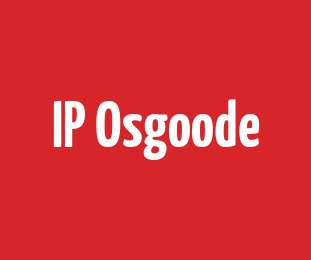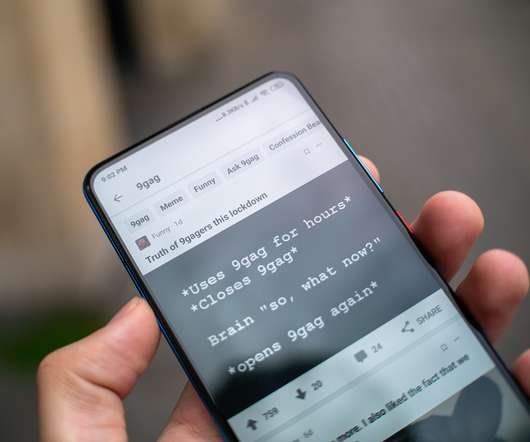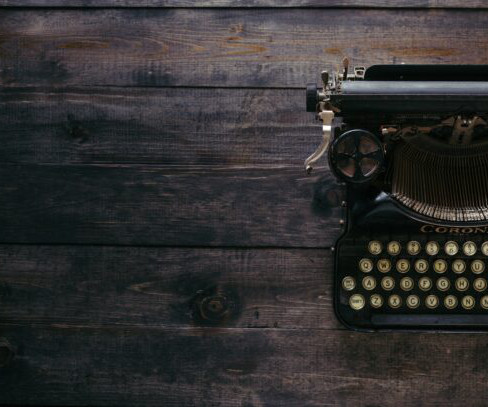Humanizing Copyright Infringement: “Who Is the Bad Art Friend?” by Robert Kolker
IPilogue
DECEMBER 7, 2021
Lamont Abramczyk is a 3L JD Candidate at Osgoode Hall Law School, enrolled in Professor David Vaver’s 2021-2022 Intellectual Property Law & Technology Intensive Program. In 2015, Dorland decided to donate one of her kidneys to a stranger. It is common practice for jockeys to equip horses with blinders.












Let's personalize your content